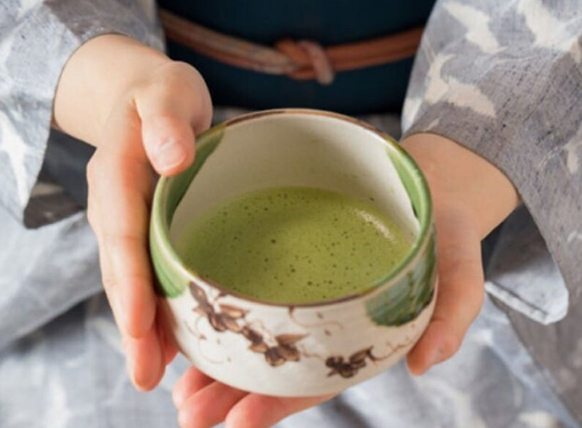
The history of Wagashi
LEARN Learn the basics of Wagashi


The origins of Wagashi can be traced back to the ancient times when nuts were ground in powder form then rolled after removal of impurities (a food that later became dango), and when mochi, said to be Japan’s oldest processed food, was made.

Wagashi evolved with the passage of time, being affected by interaction with China and the development of Japanese tea ceremony. Later, during the Edo era (1603-1868), the quality of Wagashi was enhanced remarkably, as the ingredients used became more available and production skill was improved.
The background of this enhancement was that peace was kept and war was prevented during the era. People could not afford to enjoy their lives during wartime. It was peace that made people relaxed and delighted to enjoy Wagashi.

The Edo government took a national isolation policy that was enforced in all but a few areas of the country. This policy allowed Japanese culture to become unique and polished. Wagashi became refined in terms of not only their delicious taste but also their maker’s craftsmanship. Thus, Wagashi that were much the same as those seen in the present day appeared.
In the Meiji era (1869~1912) , international cultural exchange had started to prosper. As Western confections and modern ovens and other devices entered Japan, new Wagashi were born. The results are the Wagashi that we enjoy today.